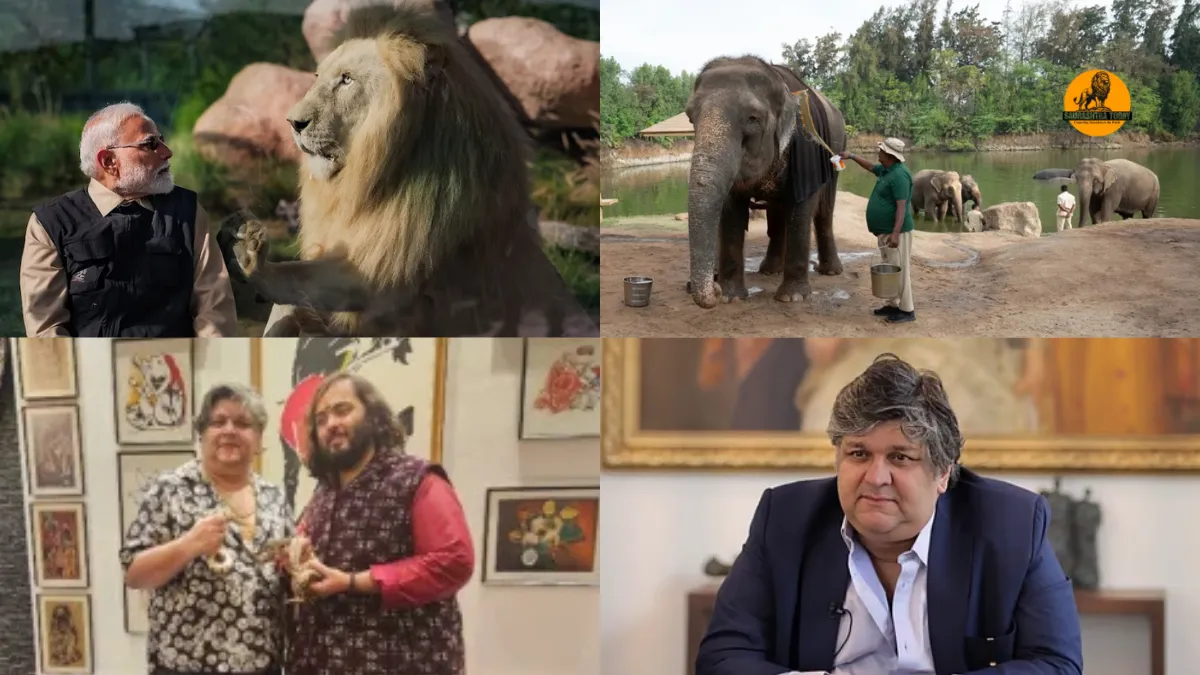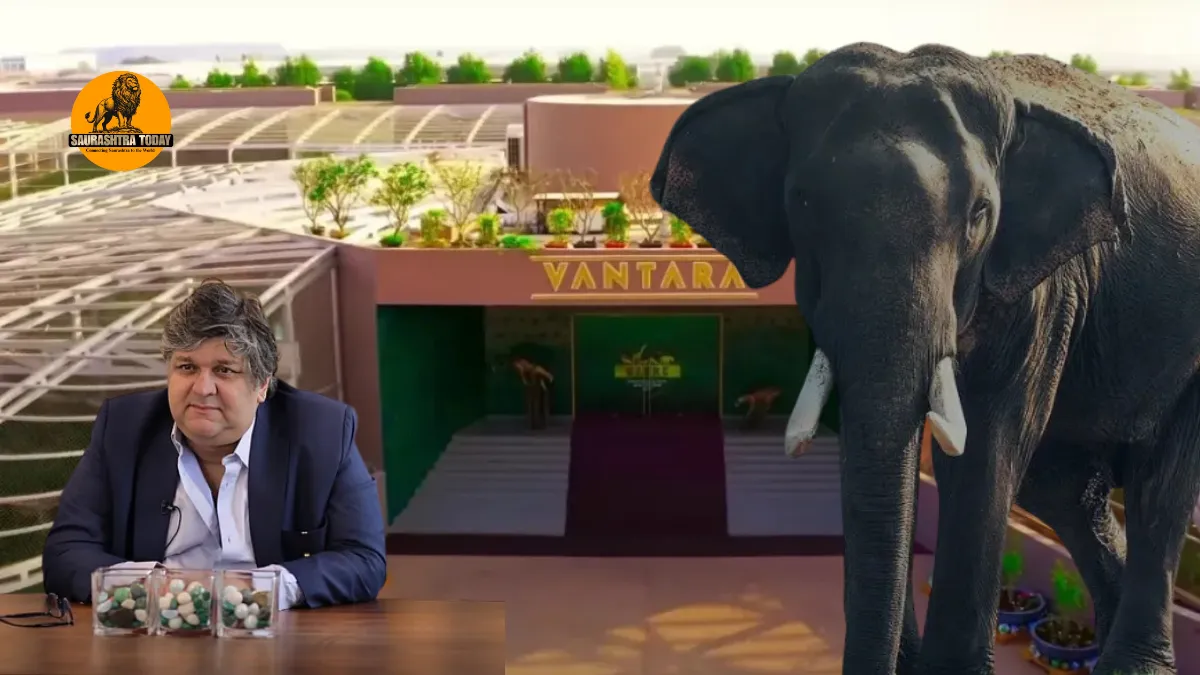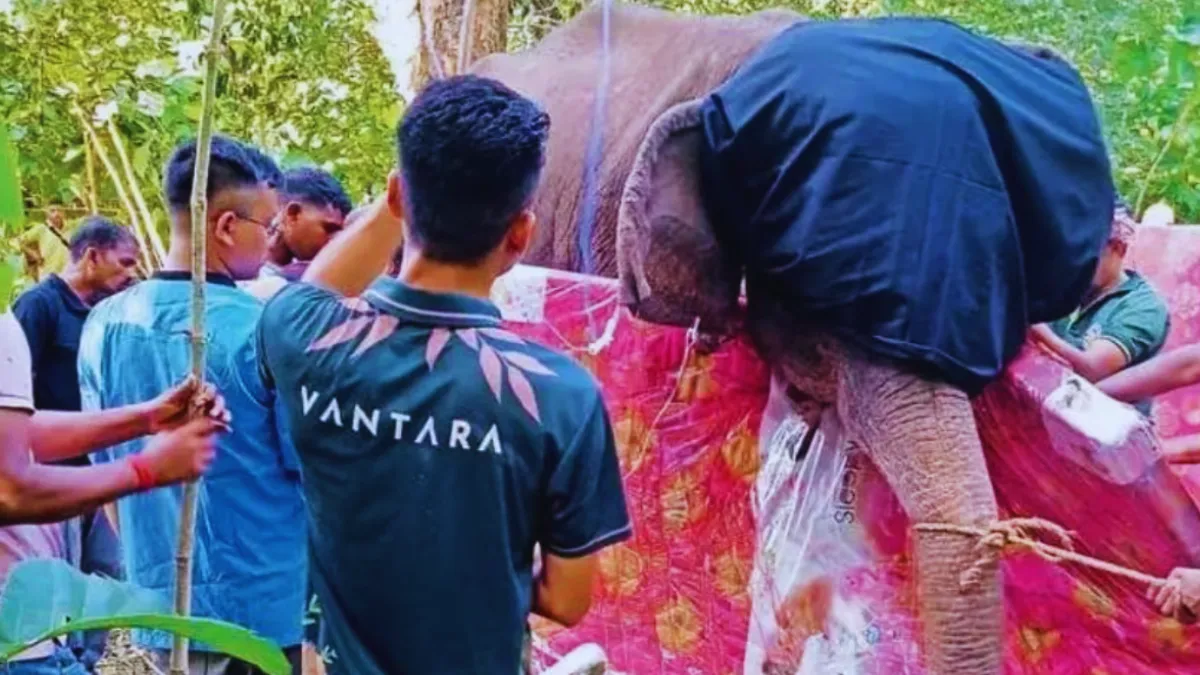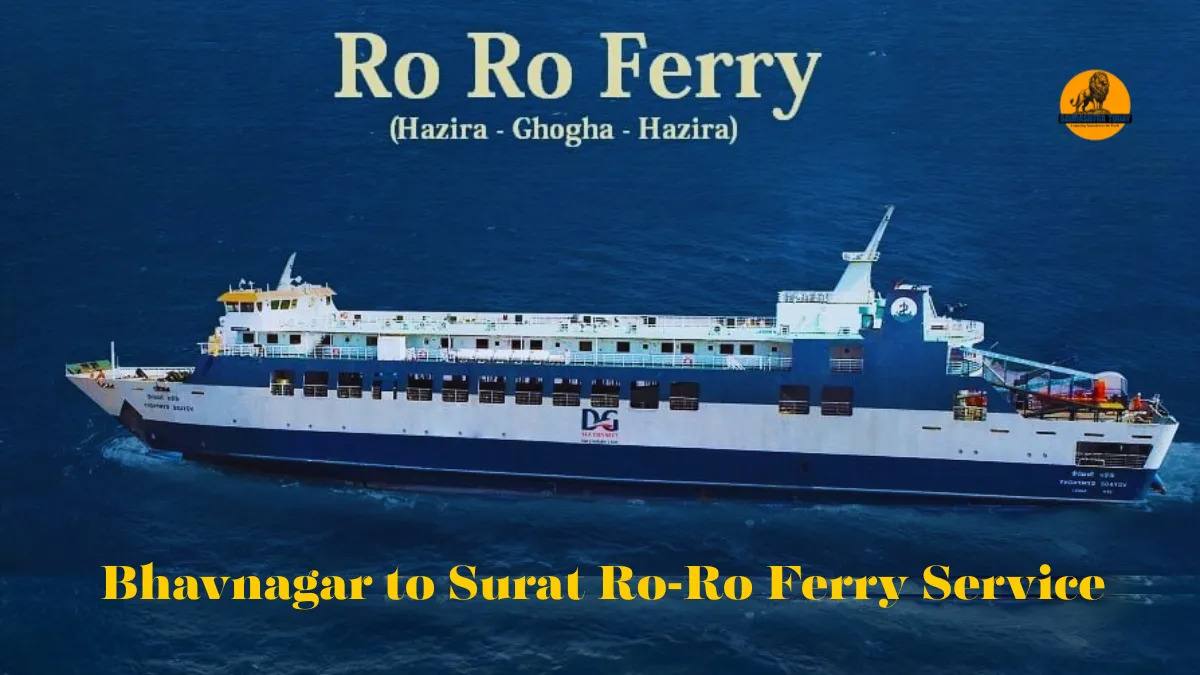New Delhi [India], October 1: In the world of animal welfare, where sanctuaries and zoos often define how we look at conservation, Vantara has emerged as a landmark initiative that goes far beyond traditional practices. It is not just a project, not merely a sanctuary, but a new global benchmark in ethical animal care and wildlife conservation.
This ambitious and compassionate mission is led by Anant Ambani, with strong guidance and counsel from Bharat Jagmohan Mehra, a visionary entrepreneur and philanthropist who has dedicated over 25 years to humanitarian leadership. Together, they are reshaping how India, and indeed the world, looks at animal care.
Who is Bharat Jagmohan Mehra?

Bharat Mehra is a respected humanitarian, entrepreneur, and strategist. He is the founder of Bharat Mehra Strategies, an advisory firm working with top corporates across India and the Middle East. He also serves as Chief Advisor to Anant Ambani and consultant to industrialist Ajay Piramal. Beyond corporate strategy, he chairs the Radha Meera Trust, which is dedicated to social welfare and community upliftment.
For Bharat Mehra, Vantara is not just an advisory role—it is a personal commitment to a vision that combines compassion, innovation, and ecological balance.
What is the Vantara Project?
Explaining the essence of the initiative, Bharat Mehra describes Vantara as a large-scale, holistic wildlife conservation and rehabilitation project. Spread across an impressive 35,00 acres in Jamnagar, Gujarat, Vantara is designed as a safe haven for animals who have been:
- Rescued from abuse or exploitation
- Injured in the wild
- Victims of illegal trafficking
- Endangered and in need of rehabilitation
Unlike zoos, Vantara does not operate as a commercial or ticketed attraction. Its focus is purely humanitarian: rescue, treatment, rehabilitation, and long-term conservation.
The inspiration, Mehra explains, comes from Anant Ambani’s lifelong passion for animal welfare and his belief in giving “voiceless beings a second chance at life.”
How Vantara is Different from Traditional Zoos
In many parts of the world, zoos are built around public entertainment. Animals are often displayed in confined enclosures for visitors. Vantara breaks this model completely.
According to Bharat Mehra:
- No ticket sales, no entertainment focus – Vantara is not about profit or public display.
- Global best practices – The initiative has adopted methodologies from leading wildlife centers worldwide.
- Focus on recovery, not exhibition – The emphasis is on medical care, psychological healing, and eventual rehabilitation of animals.
In short, Vantara is a hospital and sanctuary combined, where the well-being of animals is placed above everything else.
The Animals of Vantara
Currently, Vantara is home to over 2,000 animals, including:
- Elephants rescued from harsh captivity
- Big cats such as lions, tigers, and leopards
- Rare birds and exotic species once trafficked illegally
- Native wildlife in need of care
Many of these animals arrived in critical condition—emaciated, abused, or abandoned. Each is now provided personalized, species-specific care that ensures dignity, safety, and healing.
Cutting-Edge Facilities at Vantara
What sets Vantara apart is not just its compassion but also its state-of-the-art technology.
Some of the key facilities include:
- Asia’s most advanced veterinary hospitals
- Hydrotherapy pools for elephants, designed to ease their physical pain and injuries
- Enrichment enclosures, providing naturalistic environments
- Stress-free animal transport systems
- AI-based health monitoring systems for real-time care
- Bio-acoustic laboratories for studying communication among species
This blend of modern science and humane care makes Vantara one of the most advanced wildlife rehabilitation centers in the world.
Sustainability at the Core
Animal welfare cannot exist in isolation from ecological sustainability. At Vantara, green living is at the heart of every decision:
- Green architecture powers its infrastructure
- Solar energy systems reduce carbon footprints
- Water recycling plants ensure zero wastage
- Organic waste management supports ecological balance
- Land restoration programs have turned 100 acres of degraded land into thriving green zones
Through these steps, Vantara is not just helping animals but also healing nature itself.
Also read: Vantara of India: The Largest Wildlife Rescue and Conservation Centre in the World
Impact on Local Communities
Beyond animal care, Vantara is also a community empowerment project.
- Over 1,000 acres have been reforested, improving biodiversity and creating jobs.
- Local communities are trained in animal care, conservation science, and green practices.
- The project provides opportunities for Indians to learn skills that were earlier only accessible in international centers.
As Bharat Mehra highlights, “For every animal we help inside Vantara, we reach many more outside—through knowledge-sharing, training, and inspiration.”
Government and Public Response
The Indian government and global NGOs have shown strong support for the project. Conservationists and forest officials who visited Vantara praised its ethical standards, transparency, and sincerity of purpose.
The fact that Vantara is a non-profit, humanitarian mission has resonated deeply with the public. This clarity of vision, combined with scale and compassion, has made it a pioneering global model.
Also read: Supreme Court Orders SIT Probe Into Vantara: Allegations, Inquiry, and Wider Implications
Why Vantara Matters Globally
Animal welfare has often struggled with balance—between conservation and commerce, between care and exhibition. Vantara resolves this conflict by completely removing the commercial element and focusing solely on rescue and rehabilitation.
It sets new benchmarks in:
- Animal rights and ethics
- Conservation-based research
- Sustainable ecological development
- Community engagement
In many ways, Vantara is India’s gift to the world in the field of animal welfare.
Also read: Is Vantara Legal in India? Legal, Ethical, and Conservation Insights
The Vision of Anant Ambani
While Bharat Mehra plays a guiding role, the heartbeat of Vantara is Anant Ambani’s vision. His lifelong love for animals, combined with his commitment to philanthropy, fuels this extraordinary initiative.
According to those close to the project, Anant sees Vantara as a legacy for future generations—a reminder that compassion must extend to every living being.
Bharat Mehra’s Reflections
For Bharat Mehra, serving as Chief Advisor to Anant Ambani in this project is both an honour and a mission. He believes that Vantara is not only helping thousands of animals but also redefining India’s role in global conservation leadership.
“The work has only just begun,” he says. “Through Vantara, we are proving that compassion, science, and sustainability can co-exist—and together, they can transform lives.”
Also read: Is Vantara a private zoo? Supreme Court Clears Ambani-Backed Wildlife Project of Allegations
Conclusion: Vantara as a Global Model
As the world faces environmental crises and increasing threats to wildlife, projects like Vantara are more than inspiring—they are necessary.
- It is India’s largest private conservation project.
- It is one of the world’s most advanced animal care centers.
- It is a model of how compassion, technology, and sustainability can unite.
Vantara is not just about saving animals—it is about reshaping the human-animal relationship, setting a global standard in ethical conservation, and proving that true leadership lies in caring for the voiceless.
Through the vision of Anant Ambani and the dedication of Bharat Mehra, Vantara has become a legacy in the making—rooted in compassion, innovation, and respect for all living beings.


















